#metoo - Time for solutions
In 2018 I worked with an organization that had received sexual harassment allegations against one of its founders and a threat of a publicly released article co-written by multiple women.
My colleagues and I led a discovery process in two parts. We listened to the women who had been subject to sexual harassment and asked them to invite other potential victims to speak to us in confidentiality. We also had one on one conversations and asked everyone in the organization a series of more generic open-ended questions about the culture, what they loved and what they found hard about it.
These listing sessions clearly revealed a pattern of power abuse by one of the founders that included sexual harassment, but also that people loved their work and wanted to see the organization thrive. People were able to hold multiple perspectives and self-reflect. This helped us see that there was an opening for change and to create a plan of action for healing and the development of a more inclusive and safe culture.
We created a participatory process involving all levels of the organization, from top leadership to management and employees. We created three scenarios of possible consequences that we first presented to top leadership, which were based on a model of restorative justice. In restorative justice, the focus is on healing, not punishment, which is another way of ending the cycle of violence. The questions change from ‘whose fault is it and what’s the punishment’ to ‘who got harmed?’ and ‘what can be done for healing the whole?’.
We then organized a leadership retreat, and facilitated some really hard and honest conversations between the CEO and his team of directors. Together we designed a course of action and came up with consequences that were both just and compassionate for all parties involved, and took into consideration the needs of the victims, and also of the organization to continue to function. We started employee resource groups (ERGs) to engage everyone in action oriented conversations about the culture of the organization.
Enablers of abusive cultures can be hidden in any part of an organization. We were able to identify and start to relatively quickly address some of them: unequal compensation, lack of transparency in decision-making, lack of information and unclear processes. Using an integrally-based assessment tool like Frederik Laloux’s Reinventing Organizations map was helpful for identifying areas of improvement.
It was remarkable how the simple act of listening created an opening, a possibility for change, where there was before a sense of being stuck. Sexual harassment is not just an abuse of power by one single individual. It is a systemic issue that includes enablers and bystanders. My work is about helping people in organizations becoming active participants in shaping company culture. It starts by gaining a shared understanding of what kind of interactions and relationships they want to foster, learning the skills how to do that and (re)designing the needed support structures and processes.
Probably the most important skill to learn is how to have difficult conversations. In my work am teaching my clients how to lean in, have the courage to speak up with compassion and ask for clarification rather than assuming malicious intent, judging, retaliating or turning away (the typical fight-or-flight responses).
In these times of extreme polarization I passionately believe that these are the capacities we need to break the cycle of violence. It means stepping out of our comfort zone and encountering difference with courage and vulnerability.
